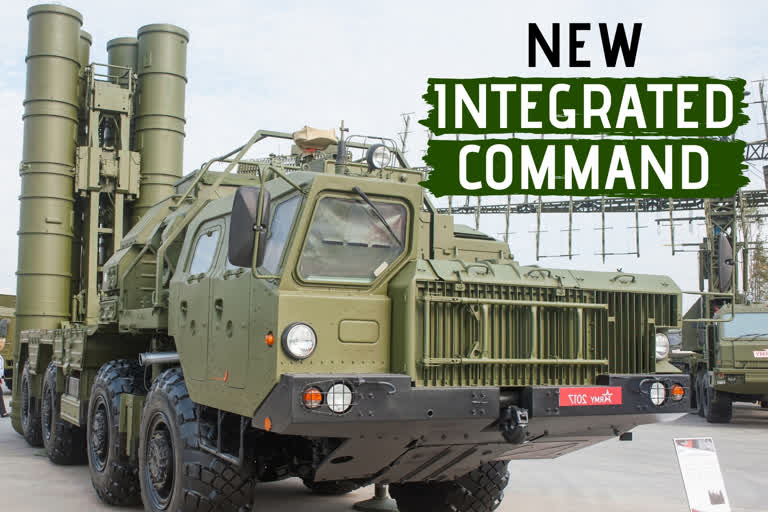New Delhi: From July 2020, India will have a new integrated command in place that will take care of the ground-based air defence of the country. It will comprise men, assets and resources from the Army, Navy and the Air Force.
In the times to come, it will shape up as the most potent air defence system the country ever had especially with the planned induction of the powerful and game-changing S-400 Triumf air defence missile system that India is expected to shortly ship from Russia.
The air defence command will operate from three joint logistic bases—Mumbai, Guwahati and Port Blair—covering between them the air space of the length and breadth of the country. It will be quite an extensive command as India's national air space extends more than 40 million cu km.
But one reason why the air defence command was put on the fast-track lies in a tragedy as nothing is more dreadful in war-like situations than being downed by one's own. In the hazy fog of war, a Mi 17 chopper carrying six IAF personnel got downed in Kashmir's Budgam on the morning of February 27, 2019. It was felled during its takeoff by a SPYDER air defence missile fired by Indian ground forces suspecting the helicopter to be a Pakistani craft.
Read: Indian Army to soon have its very own satellite, an 'eye in the sky'
This Republic Day, the six IAF personnel were posthumously awarded two Vayu Sena Medals while the names of the other four figured in Mention-In-Despatches for the exhibition of gallantry.
Till now, air defence has largely been the mandate of the IAF even though the Army and the Navy has a fair amount of equipment and assets to ward off air attacks.
The standard air defence response has been through combat aircraft carrying air-to-air missiles, surface-to-air guided weapons (SAGW) and then by close-in weapon systems and anti-aircraft artillery guns.
In fact, setting up the new joint command is one of the key responsibilities entrusted to the newly-appointed Chief of Defence Staff General Bipin Rawat.
A defence ministry communiqué said on Tuesday: "A study team is preparing the road map for creation of an Air Defence Command. The purpose of the road map is to come up with a proposal of integrating the air defence resources of the different services under a single agency, so as to ensure jointness and optimisation of resources, procedures and communication arrangements."
Read: IAF wasn't ready to hit Pak after 2001 Parl attack, says former defence secy



